Highlights:
- JJ Perry leads a 45-day action shoot for Yash’s Toxic in Mumbai.
- The Hollywood stunt director is known for John Wick and Fast & Furious.
- Perry chose to work with an exclusively Indian stunt crew for the first time.
- Toxic is being filmed in Kannada and English with multiple dubbed versions.
Hollywood action director JJ Perry, best known for designing the bone-crunching set pieces in John Wick and Fast & Furious, is currently spearheading an ambitious 45-day schedule for Yash’s upcoming film Toxic: A Fairytale for Grown-ups. The production, directed by Geetu Mohandas, is being hailed as one of Indian cinema’s most daring ventures, with Perry highlighting both the action sequences and the all-Indian stunt team as game-changers.
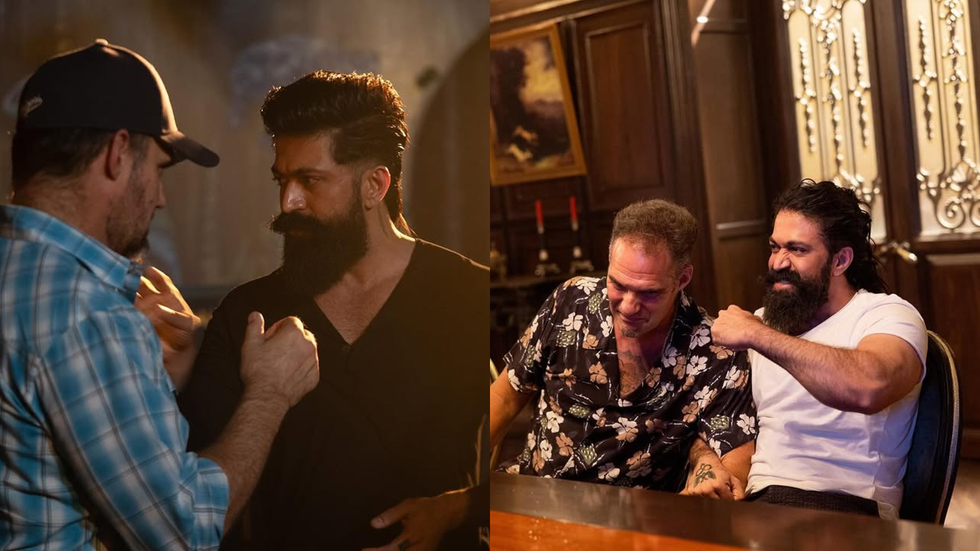
What makes JJ Perry’s action direction in Toxic unique?
Perry, who has worked across 39 countries in his 35-year career, is approaching Toxic with the same precision and intensity that defined his Hollywood projects. Unlike many big-budget Indian films that rely on international crews for major stunt work, Perry has assembled an entirely local team.
“This Indian crew is world-class. That’s precisely why I chose to work with them,” he said. “We’re here to push boundaries together, and that’s what filmmaking is.”
The current schedule in Mumbai is centred on a complex action sequence that took months of planning. The makers allocated a significant budget to mount the sequence, complete with extensive storyboarding, pre-vis sessions, and tactical rehearsals. Perry has described the action style as “immersive, visceral, and new to Indian cinema.”
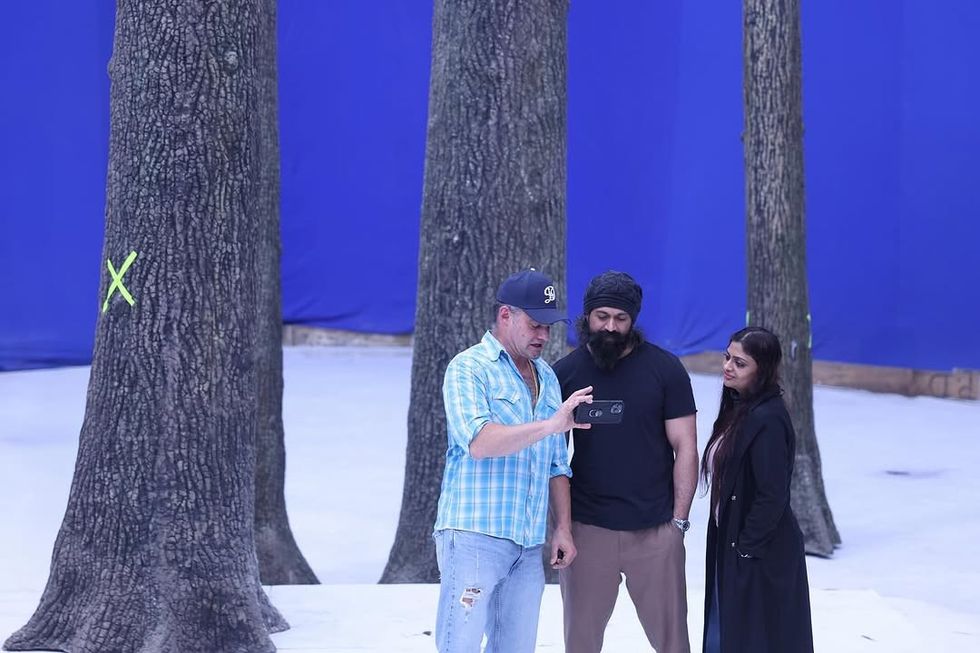
Why did JJ Perry choose an all-Indian stunt team?
While Perry has often collaborated with international stunt specialists, he said working with Indian professionals has been a career highlight. After witnessing their discipline and technical skill first-hand, he made the decision to entrust them with one of the film’s most challenging set pieces.
“In my decades of experience, I’ve rarely seen such commitment and creativity,” he explained. “Getting the chance to work with Yash, Geetu, Venkat, and this incredible team has been fantastic. Geetu has great vision, and everyone from cinematographer Rajeev Ravi to the production design department has been outstanding.”
By opting for an all-Indian crew, Perry is also helping spotlight local talent on a global stage, a move that underlines the growing confidence of Indian cinema in competing internationally without outsourcing key technical areas.
How is Toxic being made for a global audience?
The makers have decided to shoot the film simultaneously in Kannada and English, a first-of-its-kind effort on such a scale. Additional dubbed versions will be released in Hindi, Tamil, Telugu, and Malayalam. This strategy not only helps with the film’s pan-Indian appeal but also positions it as a legitimate global release.
Yash, who became a household name with the K.G.F franchise, is also co-producing the project along with Venkat K Narayana under KVN Productions and Monster Mind Creations. With international VFX studio DNEG also involved, the team has described the film as a unique mix of Indian storytelling and global cinematic grammar.
When will Yash’s Toxic release?
Toxic: A Fairytale for Grown-ups is slated for a worldwide theatrical release on 19 March 2026. The film is expected to be one of the biggest Indian releases of that year, combining Yash’s star power with Geetu Mohandas’ distinctive directorial vision and Perry’s action expertise.
For Perry, the collaboration has been a personal milestone: “India’s culture is ancient, rich, and layered. Blending it with the action language I’ve developed over the years is very exciting. I don’t just want to replicate what’s been done, I want to create something unique. And Toxic is giving me that chance.”
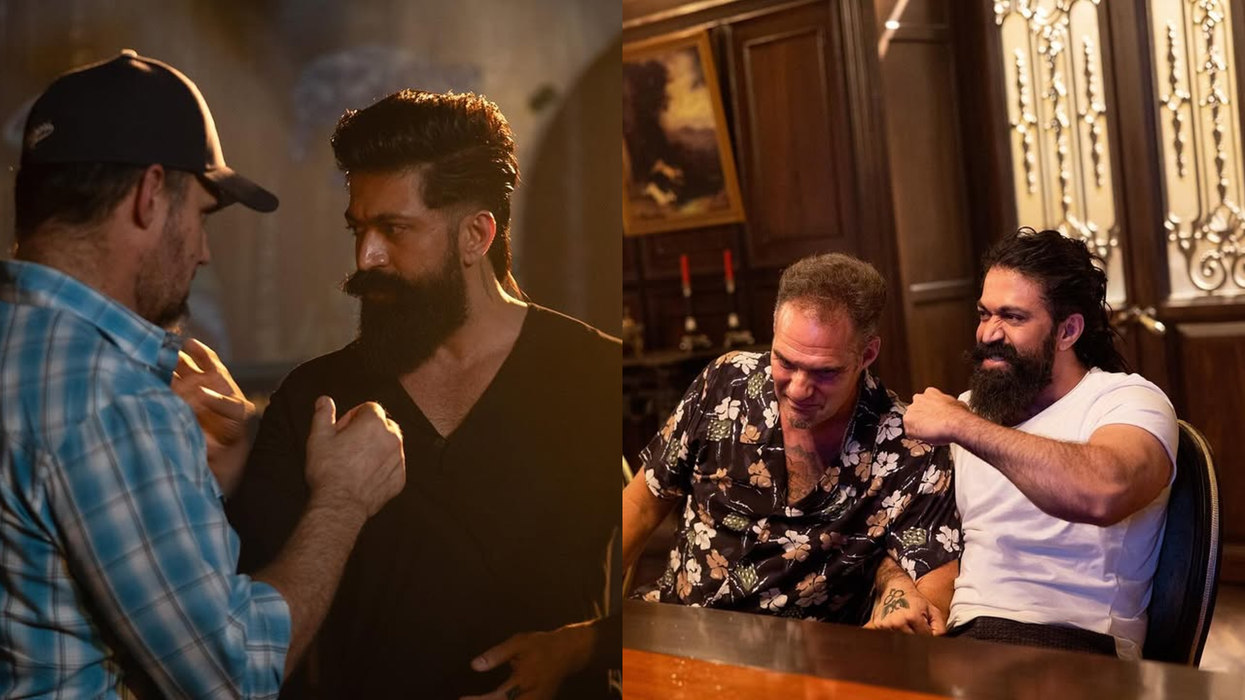


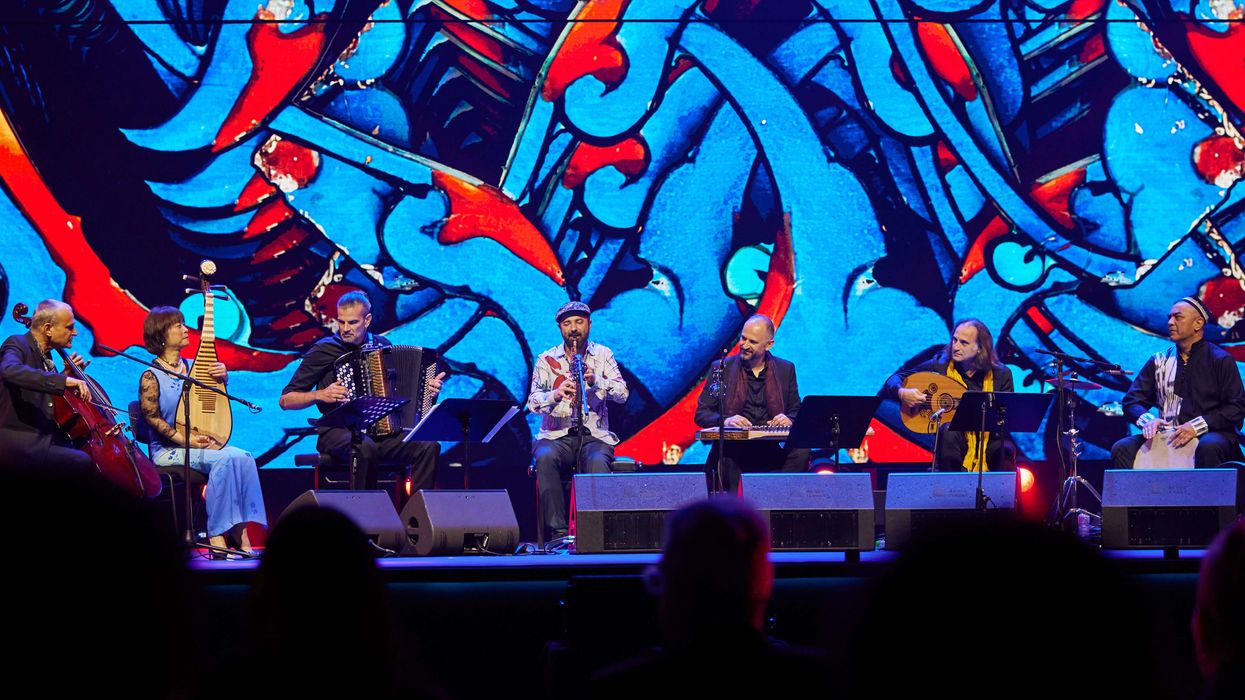
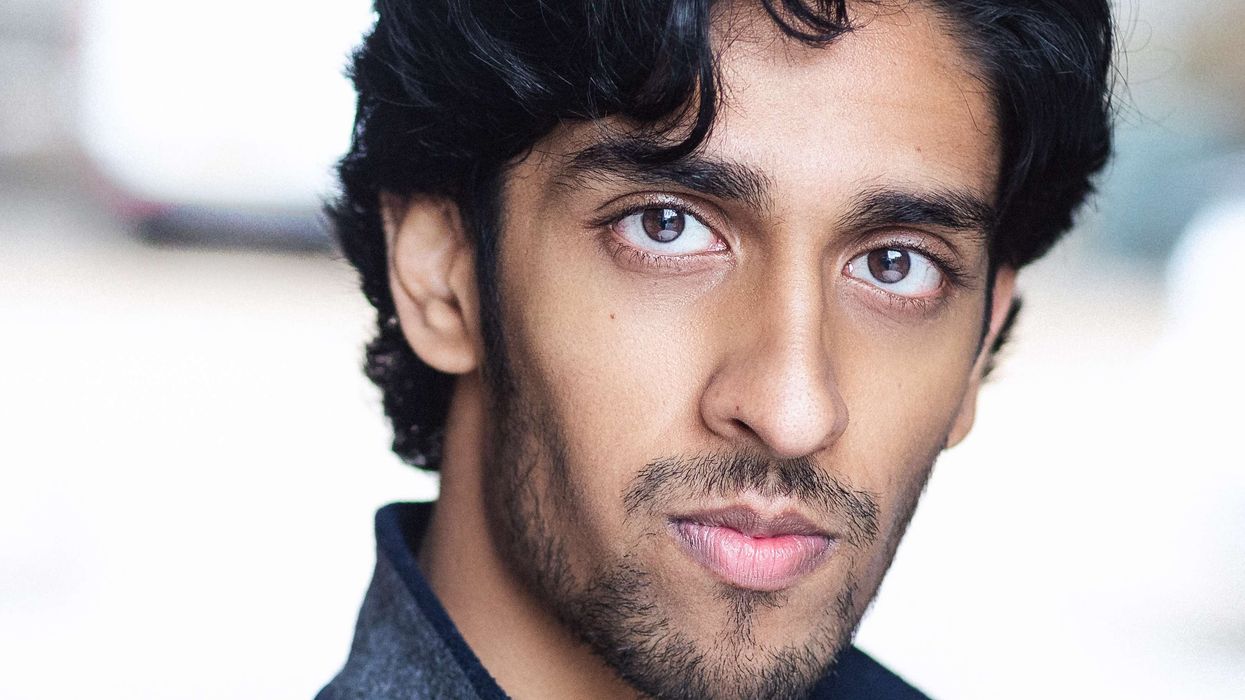

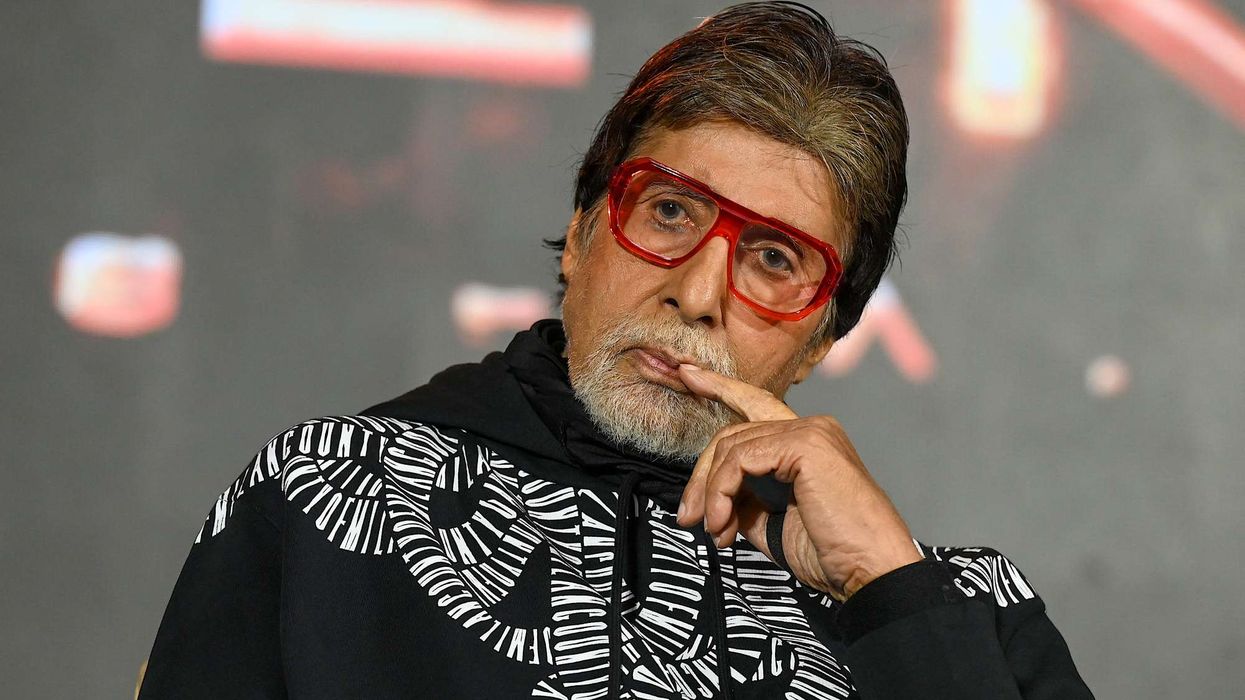
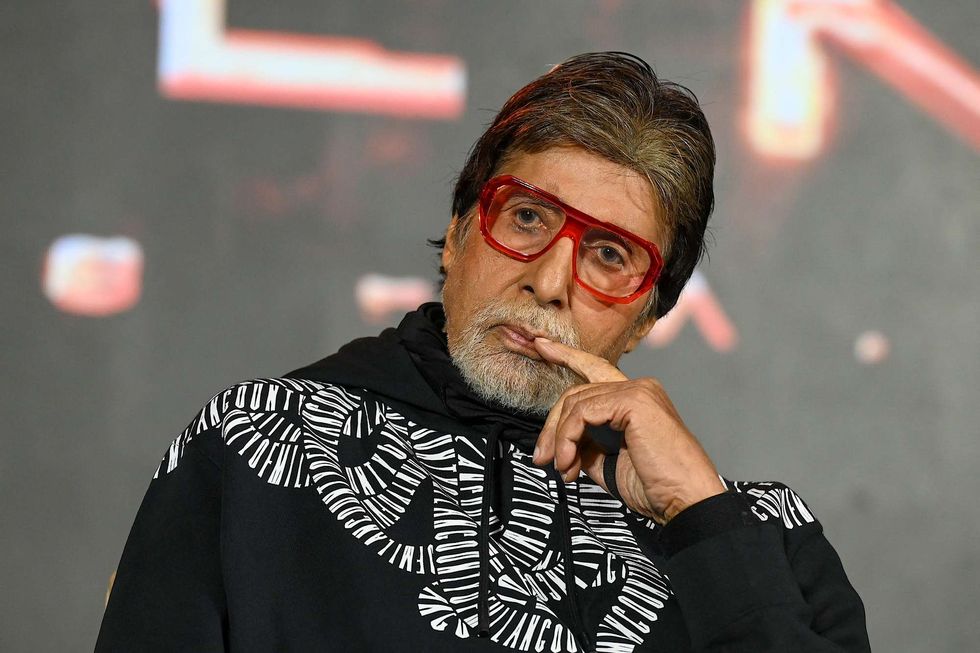 Amitabh Bachchan narrates powerful 26/11 tribute at Global Peace Honours Getty Images
Amitabh Bachchan narrates powerful 26/11 tribute at Global Peace Honours Getty Images 






